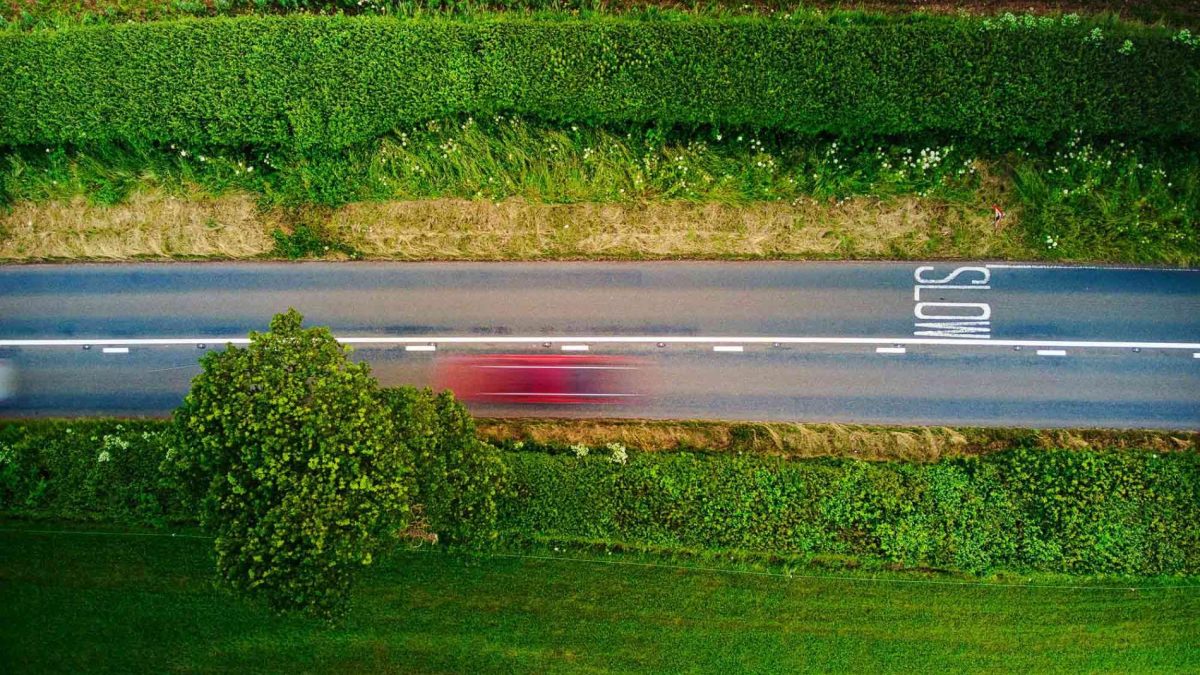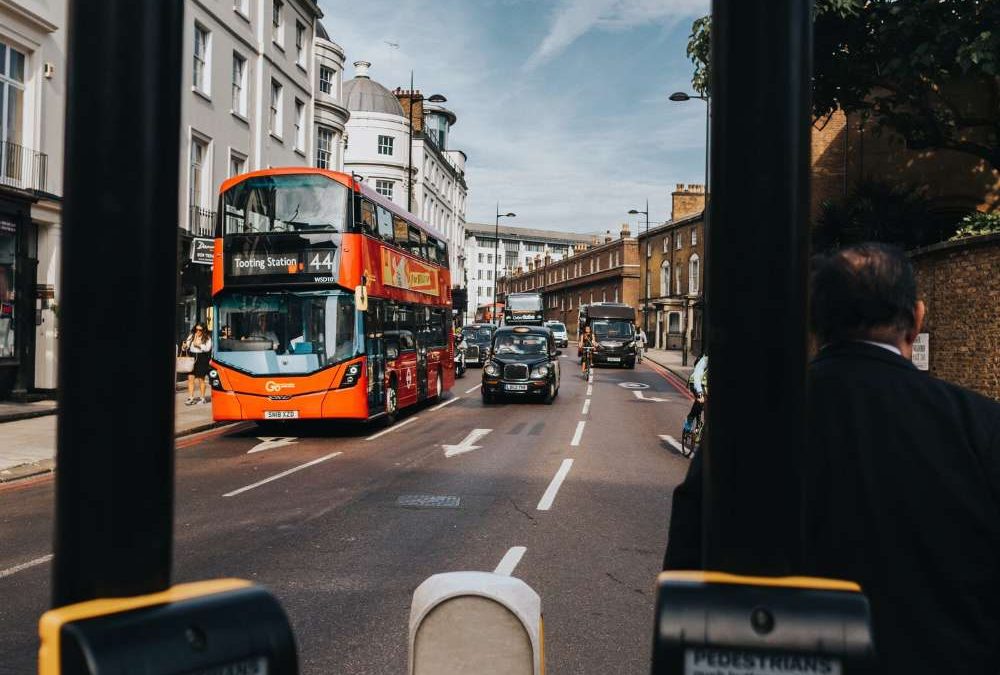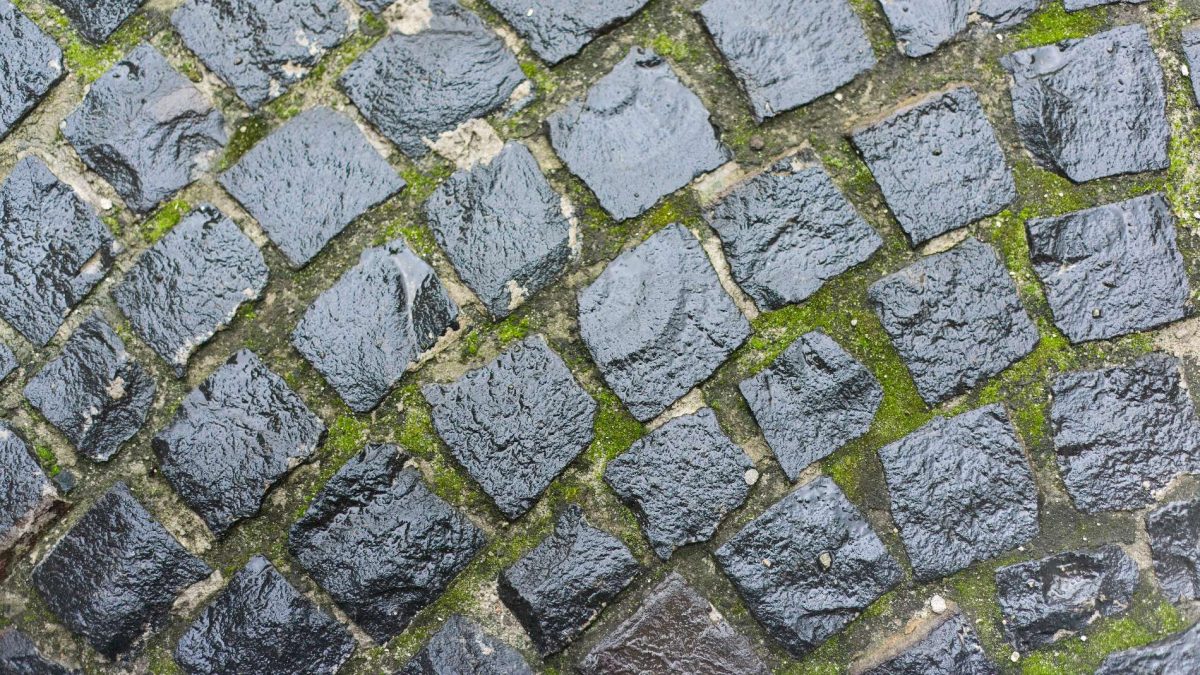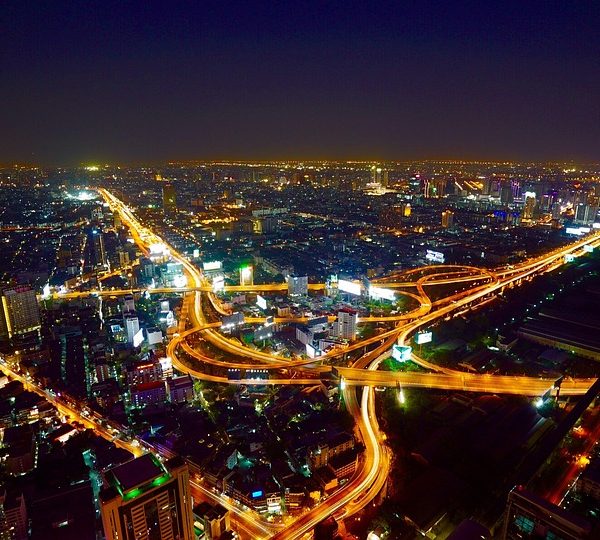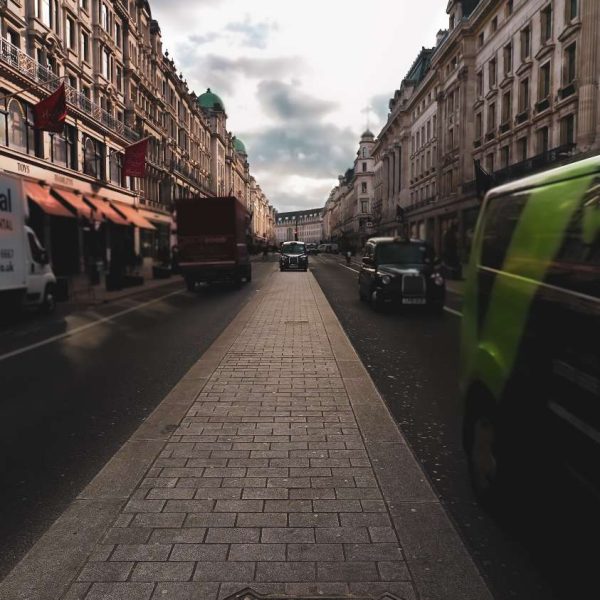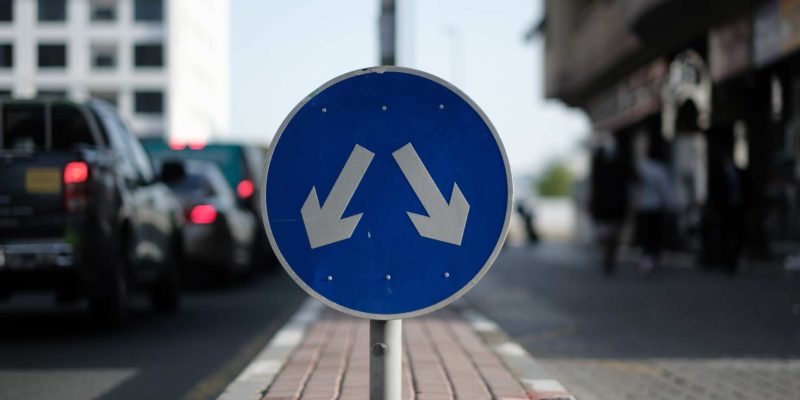
Traffic Island Design: How Architects are Enhancing Road Safety
Traffic islands play a crucial role in ensuring road safety in urban environments by providing a safe crossing point for pedestrians and cyclists.
However, they have often been neglected in terms of design, with many cities prioritizing functionality over aesthetics. In recent years, though, architects have been reimagining traffic island design, pushing the boundaries to create visually appealing structures that not only enhance road safety but also add beauty to the urban landscape.
When starting the design process for a traffic island, architects consider its purpose. These islands are primarily used to separate lanes of traffic, offer a safe haven for pedestrians to cross, and serve as a visual cue for drivers to slow down. Thus, the design needs to account for the size and speed of the passing vehicles, as well as the volume of pedestrians and cyclists that will be utilizing the island.
Once the purpose is defined, the choice of materials comes into play. While concrete remains the most common material due to its durability, architects are now exploring more creative options such as wood, metal, and even recycled plastic. This shift allows for the creation of unique and innovative designs that complement the surrounding environment.
Another important aspect of traffic island design is its shape. The shape is determined by factors such as the island’s size and the amount of traffic it will accommodate. For instance, a round island is suitable for a busy intersection, enabling a smoother flow of traffic, while a square island may be better suited for a quieter street. The shape should be chosen to ensure maximum safety and efficiency for both pedestrians and drivers.
The aesthetic appeal of traffic islands is also receiving greater attention from architects. Creative designs are being embraced to make these structures visually striking and distinct from their surroundings. Architects achieve this by incorporating elements such as vibrant colors, intriguing shapes, and unique materials into their designs. For example, a traffic island constructed from recycled plastic can be fashioned to resemble a blooming flower or a flourishing tree, adding an element of natural beauty to the urban landscape.
By investing in the design of traffic islands, architects are transforming these utilitarian structures into works of art that not only prioritize safety but also contribute to the overall aesthetic of the city. Moreover, these visually appealing traffic islands can improve the general perception of the urban environment, creating a more welcoming and attractive space for residents and visitors alike.
In addition to their aesthetic benefits, well-designed traffic islands offer numerous practical advantages. They help to slow down traffic, creating a safer environment for pedestrians and reducing the risk of accidents. The visual presence of a traffic island also serves as a reminder for drivers to adhere to speed limits and exercise caution. Furthermore, by enhancing the overall appeal of the surrounding area, these islands can contribute to community pride and well-being.
Furthermore, designers are increasingly exploring the concept of multi-functional traffic islands. These islands can serve purposes beyond pedestrian safety, such as incorporating seating areas, bicycle parking, or even green spaces. By integrating these additional functionalities, traffic islands can provide urban dwellers with more than just a safe crossing point, but also a place to rest, interact, and appreciate their surroundings. This approach demonstrates how traffic islands can become valuable urban assets that enrich the quality of life for residents.
While the focus on enhancing traffic island design is undoubtedly a positive trend, it is important to ensure that these innovations do not compromise safety. The primary function of a traffic island is to support pedestrian and cyclist safety, and any design modifications should prioritize this objective. It is crucial to strike a balance between aesthetics and functionality, ensuring that any creative design elements do not obstruct visibility, confuse drivers, or compromise the overall purpose of the traffic island.
In conclusion, the design of traffic islands is experiencing a revitalization as architects recognize their potential to not only improve road safety but also enhance the visual appeal of urban environments. By embracing creative materials, shapes, and colors, traffic islands are evolving from simple structures into eye-catching works of art. The consideration of aesthetics alongside functionality further elevates the value of these islands within the urban landscape. As architects continue to push the boundaries of traffic island design, they demonstrate the ability to craft innovative solutions that prioritize safety while contributing to the overall beauty and livability of our cities.


